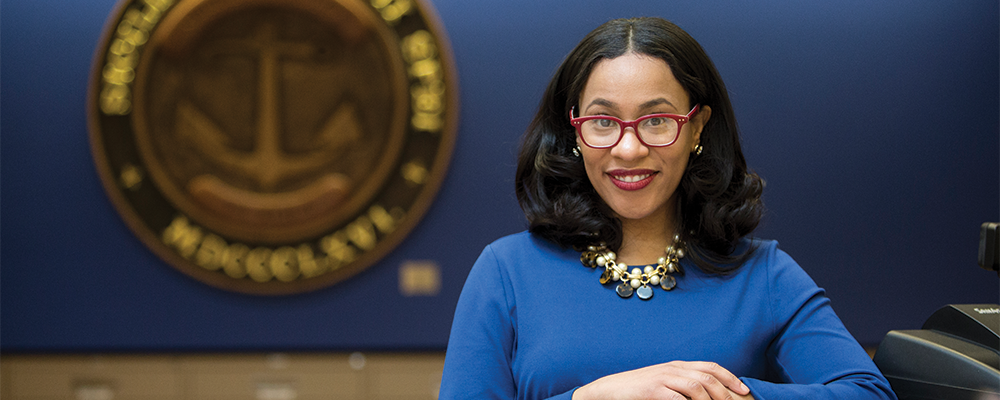College Access as a Health Policy Issue
Temple Smith, Ph.D. | Assistant Professor of Sociology
If college attendance can lead to better health, is access to higher education a healthcare policy issue?
That question is at the heart of research that Dr. Temple Smith began in 2017. Drawing from a federal study on adolescent health, she is investigating what influences college students’ physical and mental health, compared to young adults who are not in college.

“The data shows that college students report better physical and mental health than other young adult populations,” Smith says. “At what point does that happen? What resources are contributing to these findings?”
The National Longitudinal Study of Adolescent to Adult Health surveyed 19,600 college students as they started their first year and is periodically re-surveying the same individuals as they proceed toward middle age. Its findings highlight that college students report higher levels of social support and a greater sense of control over their lives and health. Another finding: Higher educational levels correlate to behaviors that have a direct positive impact on health. There’s a stark contrast between the physical and mental health of young adults who attend college and those who don’t, and the gap widens over time.
“We find it’s the resources on campus that create both the ease and access to maintain health,” Smith says. Health centers and nutritious food are key, but so are other aspects of campus life. For instance, some study participants reported that their campuses’ “built environments” supported physical activity and seemed safer than their home neighborhoods — factors that boost outdoor exercise. “Safety, social support, health, well-being are built in,” Smith says.
This research is one strand of Smith’s focus on the lasting impact of childhood poverty. As was documented by the American Council on Education’s 2015 analysis of U.S. census data, a significantly lower percentage of low-income high school graduates enroll in college, compared to those whose families are more affluent. What’s more, there is a downward trend — the percentage dropped from 56 to 45 percent between 2008 and 2013.
“Childhood experiences shape aspirations and opportunity structures,” she says. “I’m looking at the full gamut of poverty and education and asking, What is the pathway out? How are we engaging or mediating at-risk populations?”
To explore these questions with students, Smith and two Hope College colleagues have designed interdisciplinary courses exploring issues around poverty and homelessness. This spring, all 70 students in those courses are involved with a Grand Rapids homeless shelter. Professor Tori Pelz’s art students lead classes there, and Dr. Deb Sturtevant’s social work students are examining policy and operational issues. Smith’s Sociology 101 students are considering how sociological theory interacts with what she frames as the conventional understanding about poverty: “that people are poor because they don’t work hard, or do not have sufficient agency to prepare themselves for success.” She disagrees. “Someone’s starting point will largely define how tumultuous their trajectory will be,” she says. “Depending on your starting point or social location, you not only need agency, but super agency and resilience, to transcend poverty.”
